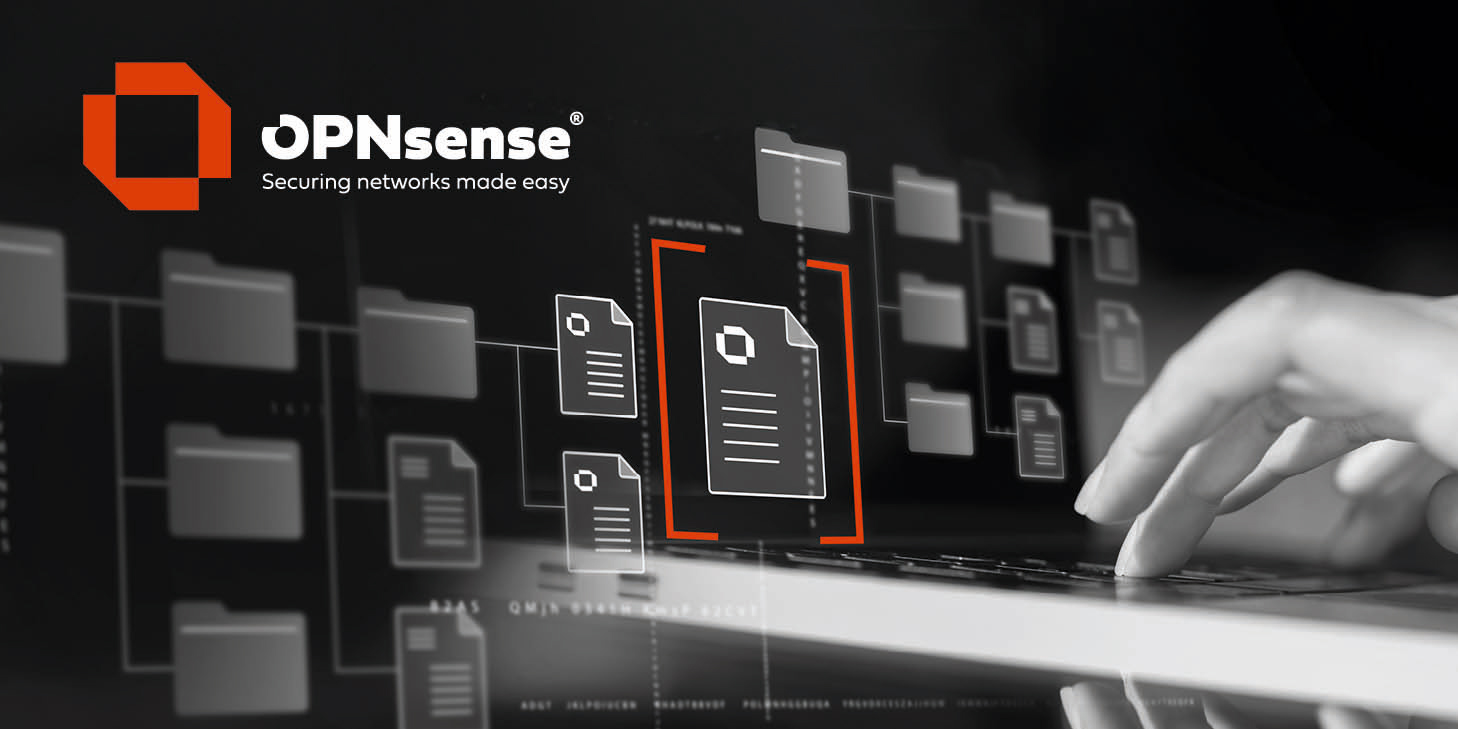Few different comments I guess.
* So I could be mistaken, but I don't *remember* seeing the original reservation's lease on the Leases page after the reservation was edited to the new MAC address (the right-hand graphic had the magnifying glass to go straight to the host configuration, versus the + sign to add a new one).
* I think this discussion proves there *is* merit to having a function to delete a lease. Whether or not Dnsmasq can do this is a separate question.
* Perhaps this is the wrong forum for this discussion and it needs to be had 'upstream'.
* I didn't think to try it before an earlier comment of yours (Cedrik) but maybe an appropriate workaround would have been to completely delete the reservation/host definition and re-create it. It may not be quite so simple, however.
* So I could be mistaken, but I don't *remember* seeing the original reservation's lease on the Leases page after the reservation was edited to the new MAC address (the right-hand graphic had the magnifying glass to go straight to the host configuration, versus the + sign to add a new one).
* I think this discussion proves there *is* merit to having a function to delete a lease. Whether or not Dnsmasq can do this is a separate question.
* Perhaps this is the wrong forum for this discussion and it needs to be had 'upstream'.
* I didn't think to try it before an earlier comment of yours (Cedrik) but maybe an appropriate workaround would have been to completely delete the reservation/host definition and re-create it. It may not be quite so simple, however.

 "
"
